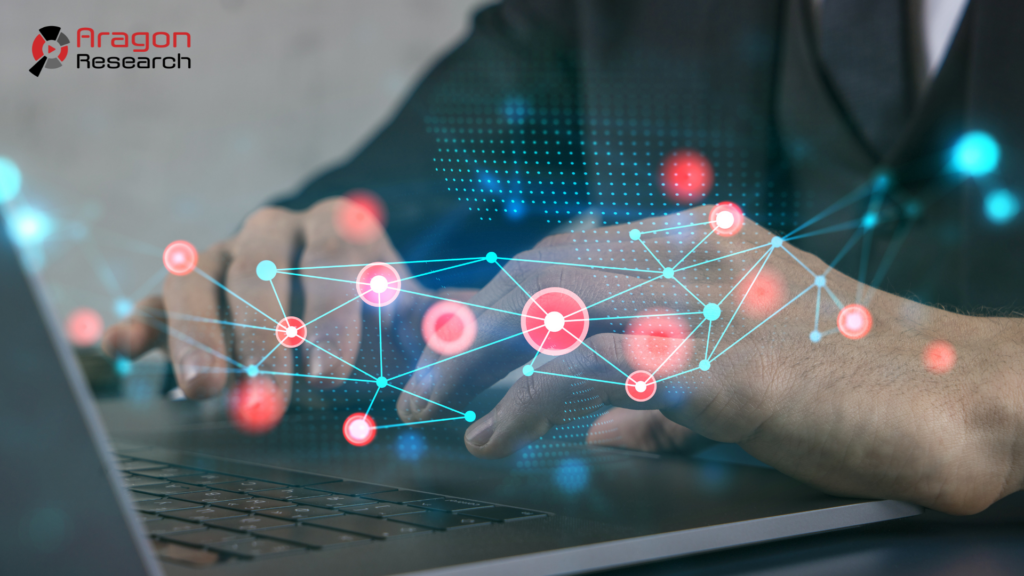GPU Computing, Edge Computing, and Cloud Computing Demystified
Recently, three terms have become increasingly prevalent: GPU computing, edge computing, and cloud computing.
Each plays a distinct yet interconnected role in shaping how we process, analyze, and store data. Let’s dive into each of these concepts to gain a clearer understanding of their significance in the digital age:
GPU Computing: Parallel Processing Power
GPU computing harnesses the immense computational power of graphics processing units (GPUs) to accelerate tasks traditionally handled by central processing units (CPUs).
Initially designed for rendering graphics in video games and other multimedia applications, GPUs excel at performing numerous calculations simultaneously, making them ideal for parallel processing tasks.
The beauty of GPU computing lies in its ability to tackle complex computations with exceptional speed and efficiency.
From scientific simulations and financial modeling to artificial intelligence and deep learning algorithms, GPUs have revolutionized various industries by significantly reducing processing times and enabling researchers and developers to tackle more ambitious projects.
Edge Computing: Bringing Intelligence Closer to the Source
Contrary to the centralized nature of traditional computing models, edge computing distributes computing power closer to the data source, reducing latency and enhancing real-time processing capabilities.
By deploying computing resources at the network edge, edge computing minimizes the need to transmit data back and forth to distant data centers, making it ideal for applications requiring instantaneous decision-making and low-latency responses.
Edge computing is particularly valuable in scenarios where immediate action is crucial, such as autonomous vehicles, industrial automation, and Internet of Things (IoT) devices.
By processing data locally, edge devices can filter and analyze information at the source, transmitting only relevant insights to centralized systems for further processing or storage. This distributed approach not only enhances efficiency but also mitigates bandwidth constraints and improves reliability in mission-critical environments.
Cloud Computing: Scalable and On-Demand Resources
Cloud computing revolutionized the way businesses and individuals access and manage computing resources by offering scalable, on-demand services over the internet. Rather than investing in costly infrastructure and maintaining physical servers, cloud computing allows users to leverage virtualized resources hosted by third-party providers.
At its core, cloud computing encompasses three primary service models: Infrastructure as a Service (IaaS), Platform as a Service (PaaS), and Software as a Service (SaaS).
IaaS provides virtualized computing resources, including storage, networking, and processing power, allowing users to deploy and manage their applications and services.
PaaS offers a platform for developers to build, deploy, and manage applications without worrying about underlying infrastructure, while SaaS delivers ready-to-use software applications over the internet on a subscription basis.
Cloud computing offers unparalleled flexibility, scalability, and cost-effectiveness, enabling businesses to adapt to changing demands and innovate at a rapid pace. Whether hosting websites, running data analytics, or developing machine learning models, cloud services provide the foundation for modern digital initiatives.
Interplay and Integration
While GPU computing, edge computing, and cloud computing each serve distinct purposes, they are not mutually exclusive. In fact, they often complement each other to form a cohesive computing ecosystem. For instance, edge devices equipped with GPUs can perform local computations on sensor data before transmitting aggregated insights to cloud-based analytics platforms for further analysis.
This hybrid approach maximizes efficiency, minimizes latency, and leverages the strengths of each computing paradigm.
Bottom Line
Understanding GPU computing, edge computing, and cloud computing is essential for navigating the complexities of modern computing environments. By embracing these technologies in concert, organizations can unlock new opportunities for innovation, efficiency, and competitiveness in the digital era.
UPCOMING WEBINARS
Impact of Artificial Intelligence & GPU Computing on Your Architecture
The move toward cloud computing has been underway for years, but nearly all of the profits have gone to a handful of vendors. Artificial intelligence and GPU computing models are beginning to change this trend.
The era of edge computing era is here and with it will come new deployment and business models.
Key topics to be covered in this webinar:
- Artificial intelligence and Computing Trends Driving Modern Architectures
- Architecture Scenario for 2026
- Prepare for these New Architecture Models
The Race to Generative AI: Putting CoPilots to Work in Your Enterprise
Generative AI is here and with it the promise of increased productivity. But is that a promise or is it a reality?
In this webinar Aragon analyst, Adam Pease and CEO, Jim Lundy take on the challenge of putting Generative AI to work.
